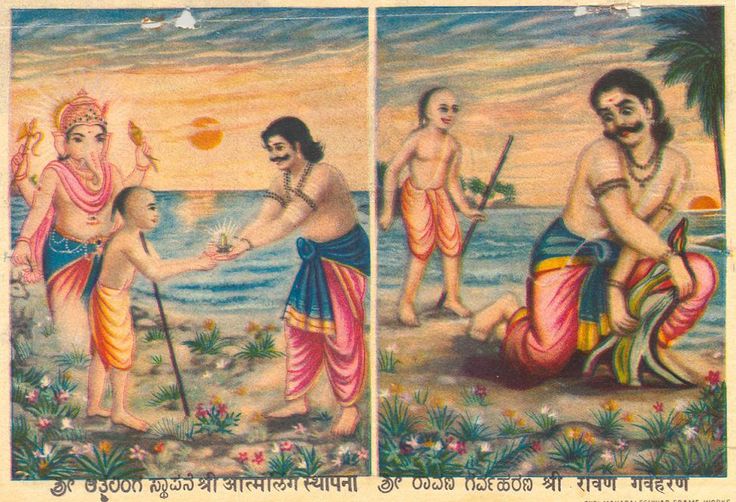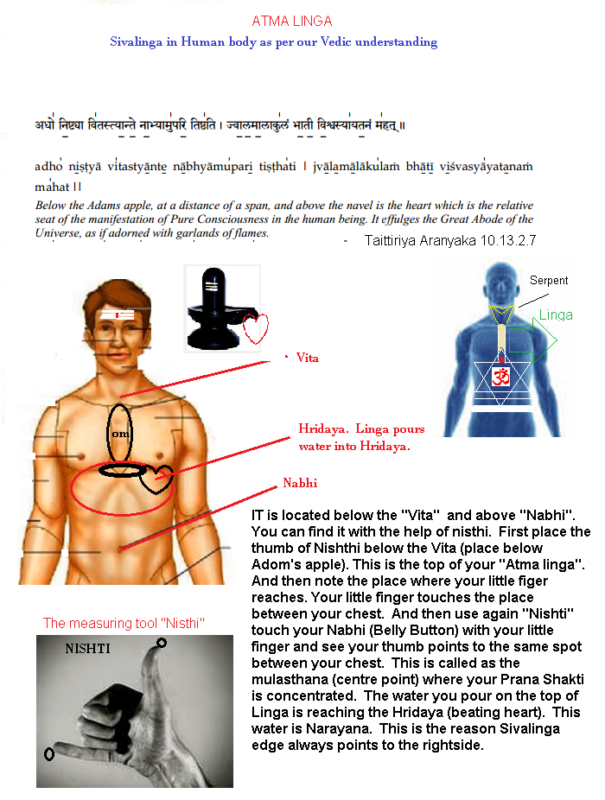No products in the cart.
The Hindu mythology is the most ancient collection of stories, practices, beliefs, traditions, disciplines and even the ideals which we worship. Largely speaking, the followers of these ideals in Hinduism can be categorized into three separate parties. These groups are the Vaishnavas, Shaivism, and Shaktism which is the name given to the followers of Vishnu, Shiva and Shakti respectively.
Talking about Shaivism, Ravana was the greatest devotee of Lord Shiva as per the scriptures of Hindu literature. A brahmin by caste, was the most knowledgeable man of that time. A great scholar, veena maestro and an efficient ruler. He had 10 heads which represented his knowledge of 6 shastras and 4 Vedas. but, even the knowledge of 6 shastra and 4 Veda was not able to provide him the virtue which was needed to keep his pride in check. Always wanting more from life, Ravana desired immortality and invincibility. For this purpose, he worshipped Lord Shiva with his whole heart to obtain atma linga (soul of Shiva) which is supposed to give its possessor immortality and invincibility. Pleased by Ravana’s devotion, Shiva appeared before him and asked him his wish. Knowing the consequences of this act, Vishnu changed the mind of Ravana and instead of asking for atma linga, he asked for Goddess Parvati and lord Shiva offered him that. On his way back to Lanka, Narada muni appeared before him and told him that lord has not given the real Parvati and the real Parvati is in Pathala. So, Ravana goes there and marries the girl according to the description of narada muni, assuming the girl to be real Parvati.
On reaching Lanka, when asked by his mother about atma linga, he understood the game played by Vishnu. Determined to obtain atma linga, he once again starts pleasing Lord Shiva. When the lord appeared before him, he asked for atma linga. Shiva gives him the atma linga on a condition that he should not keep the atma linga on ground before the destination as it will get rooted at the same spot and will never move. Once again, to fail the motives of Ravana, Vishnu created the illusion of dusk. As Ravana used to perform an evening ritual he got worried as how he will do it as he was having atma-linga in his hands.
Lord Ganesh, disguised as a brahmin boy, comes in front of him and Ravana requests him to hold the atma linga so that he can perform his rituals. Ganesh accepts the request but on a condition that he would call Ravana thrice and if he will not come back then he will place atma linga on ground. When, Ravana was gone to perform the rituals, Ganesh called out his name thrice rapidly at the specific moment when he could not leave the ceremony in between. So, according to the deal, Ganesh then place the atma linga on the ground and vanished from there with his cows. Ravana tried to chase them, but got hold of only one of the cow’s ear. The rest of the cow’s body disappeared and he was left only with ear in a petrified form. The name of that place hence came to be known as Gokarna (gow means cow in Sanskrit and karna means ear).
As specified by lord Shiva, the atma linga was now rooted in Gokarna and was immovable even though Ravana tried hard to lift it. He then gave the name Mahabaleshawar to the atma linga meaning “all powerful”.
The Mahabaleshwar temple is situated along in the west cost of India in north kannada district of north Karnataka, between Gangavalli and Aganashini rivers. This temple is visited by thousands of visitors round the year. There are some other attractions too in Gokarna. Like, gogarbha, kotiteertha, shri maha Ganpati temple ( made to honor lord ganesha who saved atma linga from Ravana ) and bharat temple which is situated above the temple of rama with a ramateerth.
The temple as it is seen today, has a long history of construction. The first construction was done by Mayursharma king of kadamba dynasty who ruled from 345 CE to 365 CE. Further developments were done during Vijayanagar period (1336 CE to 1646 CE) when a complex network of shrines was built. The temple is divided in outer and inner section and is guided by a 5 feet wall. A significant amount of work for temple was also done by Chanda Rao in 16th century. Granite stone, carved into Dravidian architecture is the beauty of this temple. The main component of the temple, the atma linga itself is sitting on a platform made of shaligram stone.
This temple holds a long history of devotion. The festival of Shivratri, union of Shiva with Parvati is celebrated with great enthusiasm. A ratha yatra is also organized during this time.







